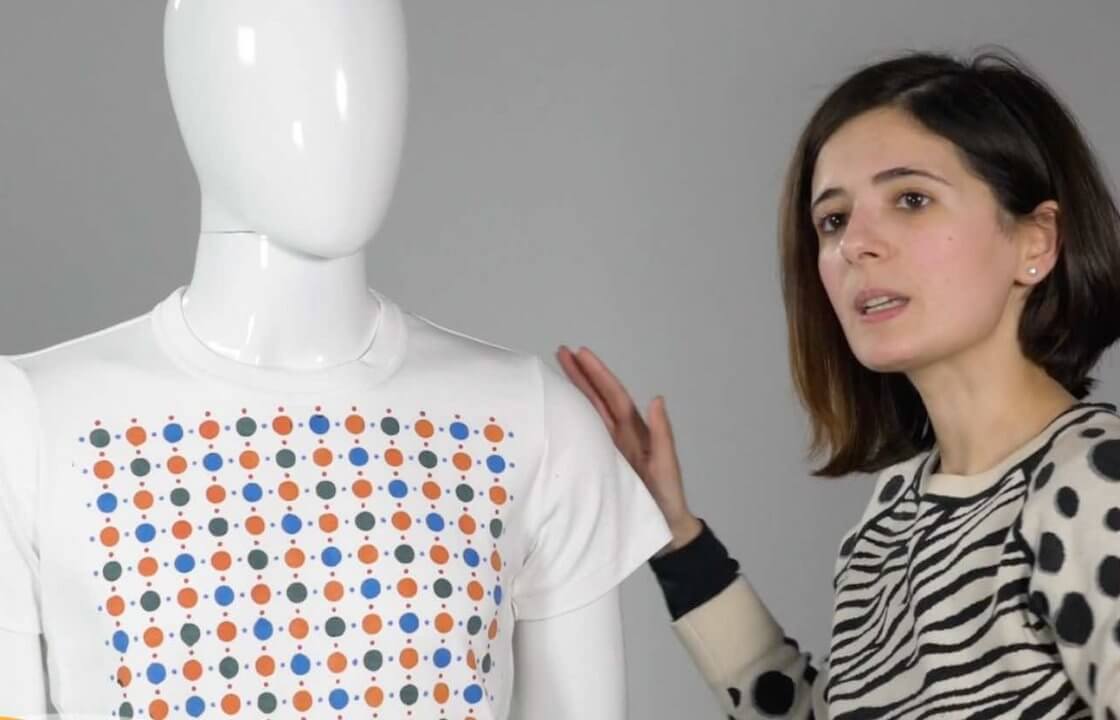This New Bioactive Ink In Your Clothes Can Now Change Colors To Indicate Your Body’s Changing Conditions
Researchers from the School of Engineering at Tufts University have recently developed a bioactive ink that can be printed on fabrics and textiles. So that means, your shirts, shoes, and even masks can be made smart!
What this bioactive ink does is that it monitors your body and environment. And accordingly, changes color to reveal the chemicals it detects. As reported by Advanced Materials, items of clothing with this ink can not only sense, but also quantify the number of possible pathogens, molecules, and a wide variety of biological issues.
A co-researcher, Fiorenzo Omenetto, said that, because this bioactive ink can be easily screen printed, mass production is easily possible. Omenetto added that the smart fabric can be manufactured as normal clothing, sportswear, uniforms, and even furniture. These smart fabrics will be exceptional in detecting harmful chemicals and possibly even save lives.
Read: Electric Bikes: What Makes This Invention Revolutionary?
Studies on wearable smart devices to monitor health and performance has been quite popular in our modern days. But many of those earlier studies incorporated electronics in wristbands or other wearable items. Physiological details like the level of glucose in the blood or the heart rate have been the focal point of such smart devices.

How this bioactive ink is different is that it is colorimetric and non-electronic. And since this ink can be printed on fabrics, large garments that cover larger body parts can be made smart. And hence, a larger number of analyses can be done.
This bioactive ink is made out of silk. The soluble silk formulations have been modified and embedded with several “reporter” molecules. Some of those molecules are enzymes and pH-sensitive indicators. And since the silk formula is quite versatile, various ink derivatives can be developed.
This technology is further developed for printing by combining the ink with a plasticizer and a thickener. After it is processed, this bioactive ink can be printed in any item, from wood pieces to clothes to paper and plastic.
Read: Mom Launches New Website To Help Healthcare Workers Fight Against COVID-19
Giusy Matzeu, professor and research assistant at the university, pointed out the large scale benefits of this ink. She explained that this bioactive ink can be used to track large-scale air quality and monitor environmental conditions.
Mogas-Soldevila has even toured Europe and the United States with products made out of this technology. Some of them were displayed in museums as well. The interactive displays allowed visitors to splash various nontoxic elements on the products. The colors transformed accordingly, showing the different chemicals’ signs.
Soldevila further said that the displays were a product of engineering and art interacting. The architect and researcher also said that this ink opens up a wide range of possibilities for both art and technology.
This new bioactive ink seems to have brought science closer to everyday human life. The results of this technology will have impeccable results in monitoring human health and development.



